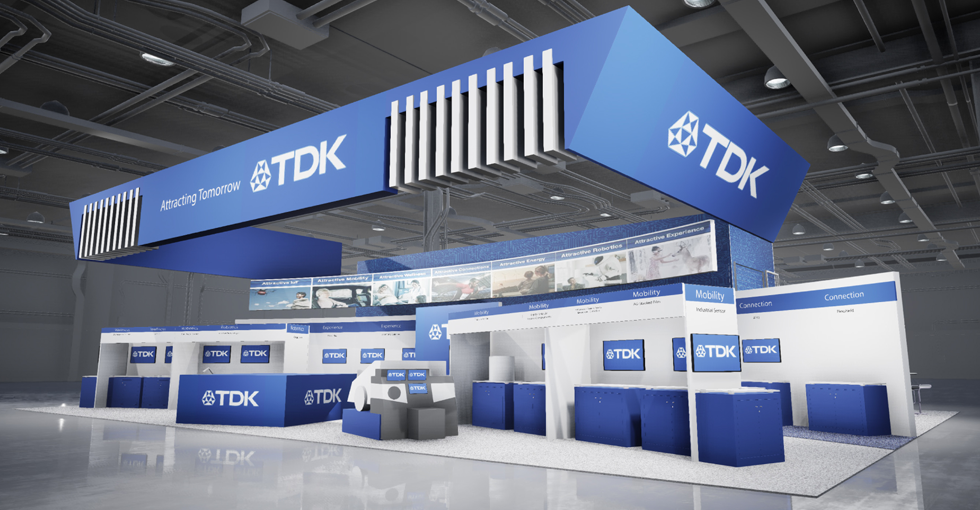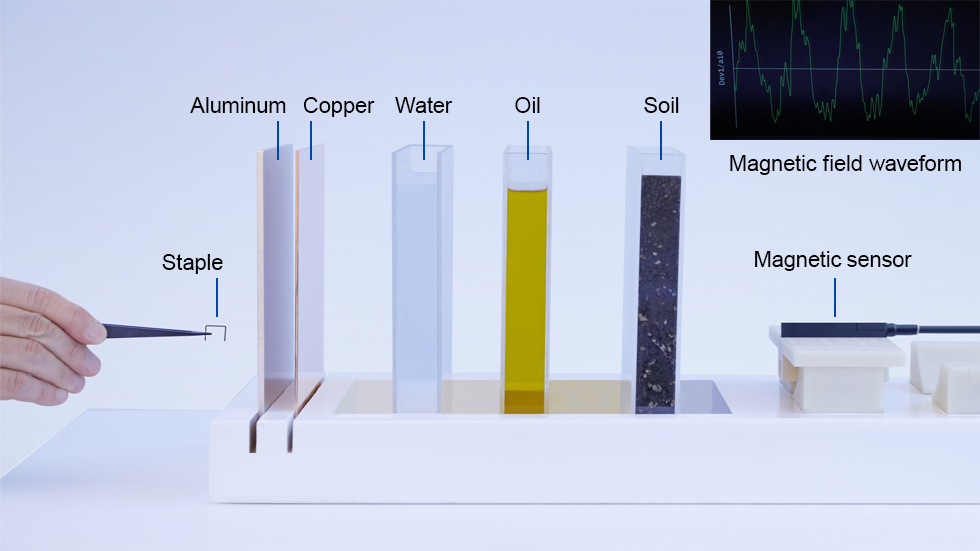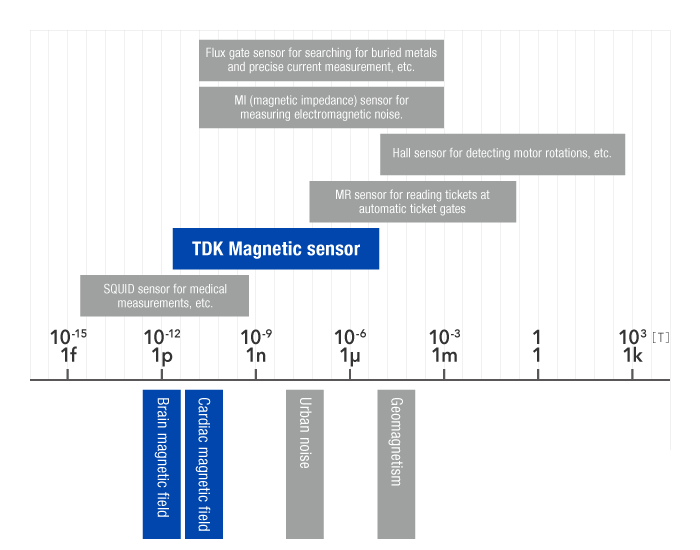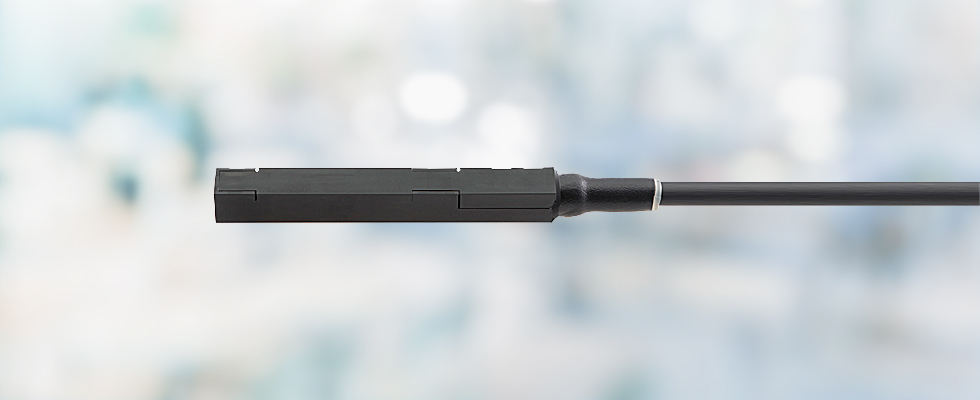[CES 2020] The magnetic sensor detects one ten-millionth of geomagnetism
Wide potential for applications of shieldless, easy-to-use, ultrasensitive magnetic sensor
The strength of geomagnetism is already relatively weak with about 50 micro teslas, approximately one several-thousandth of ordinary permanent magnets. Even weaker is biomagnetism produced by the brain and heart, which generates the magnetic field of about one millionth to one billionth of geomagnetism (pico to femto tesla level)*1.
These minute magnetic fields can be detected with a highly sensitive SQUID (superconducting quantum interference device) flux meter*2. However, the SQUID requires bulky and extensive systems such as cooling devices or systems that can block geomagnetism.
TDK thus developed an ultrasensitive magnetic sensor capable of measuring weak biomagnetic fields at room temperature. In 2016, as a result of collaborative research with the Tokyo Medical and Dental University, TDK became the first in the world to successfully carry out measurement and visualization (imaging) of the cardiac magnetic fields using MR sensors at room temperature. Presently, the MR sensor-based system can measure ultra-weak magnetic fields of 3 pico teslas. Since March 2019, the modified system has also been able to measure cardiac magnetic field distribution in real time, thanks to advancements in high-precision measurement. As the bulky magnetic shields required by conventional models have been eliminated. Measurements have become much easier. This comes as a result of TDK’s desire for everyone to use ultrasensitive magnetic sensors more for a range of purposes such as industrial and infrastructural applications.
Shieldless experiment imaging
Although sensors applying light and infrared rays are unable to detect clearly if there are obstacles such as copper or earth between the measured objects, magnetic sensors do not have this limitation. Taking advantage of these features, TDK’s new ultrasensitive magnetic sensor is expected to be used for a wide variety of industrial and infrastructural applications, and there is a possibility to produce unprecedented breakthroughs.
Examples of new systems that can detect weak magnetic fields include
- devices that can detect metallic foreign substances in pharmaceuticals and foods with ultra-high sensitivity,
- magnetic particle testing (MT) for detecting fine defects that cannot be discovered with the naked eye, and
- searching for resources deep underground without the need for drilling, such as in the exploration of metal and mineral resources.
At CES 2020, TDK will do demonstrations wherein we will provide details of our newly-developed ultrasensitive magnetic sensors (product name: Nivio xMR sensor), as well as listen to your requests, needs, and challenges faced regarding ultrasensitive magnetic sensors.

January 7–10, 2020
Las Vegas Convention Center. 3150 Paradise Rd, Las Vegas, NV 89109
Central Hall, TDK Stand #11448
Terminology
- Magnetic field: Magnetic field is the state in which magnetic force is acting in space. The earth is like one massive magnet with magnetic fields (geomagnetism), specifically the south pole in the Arctic region and north pole in the Antarctic region.
- SQUID: Stands for “Superconducting Quantum Interference Device.” The SQUID flux meter is a magnetic sensor that applies the superconducting quantization phenomenon.






